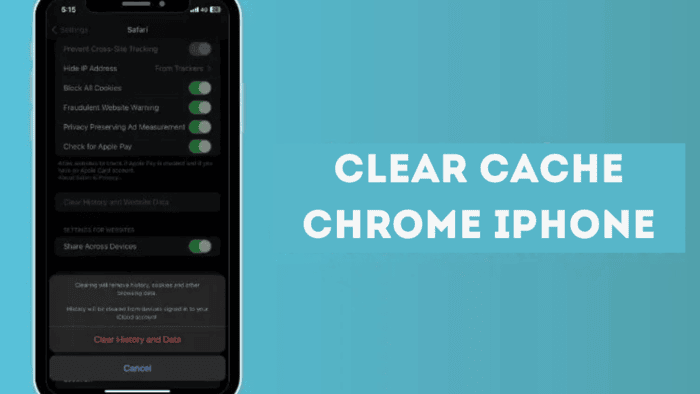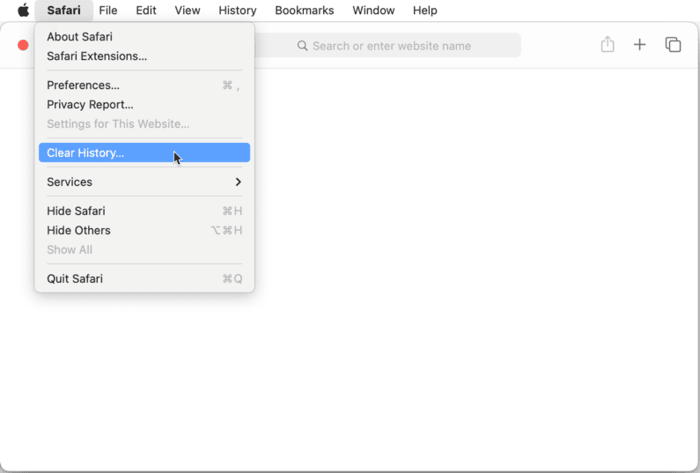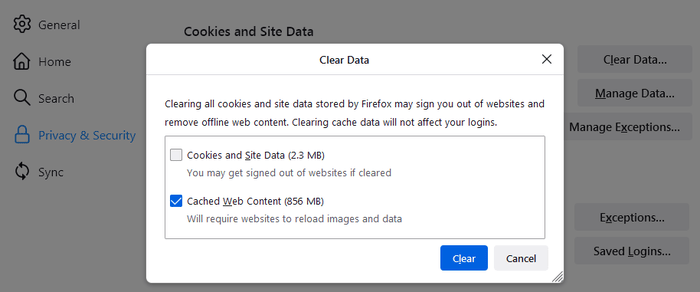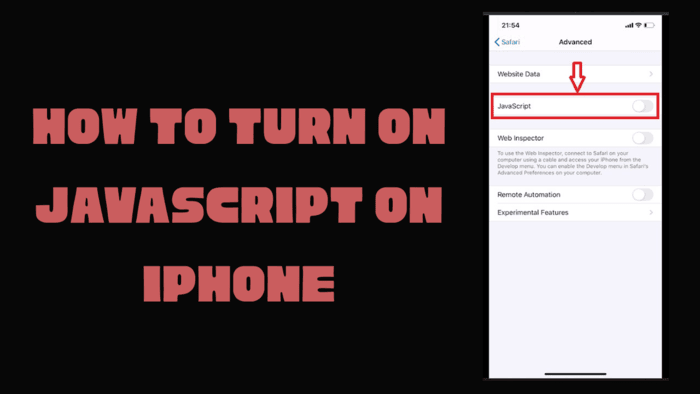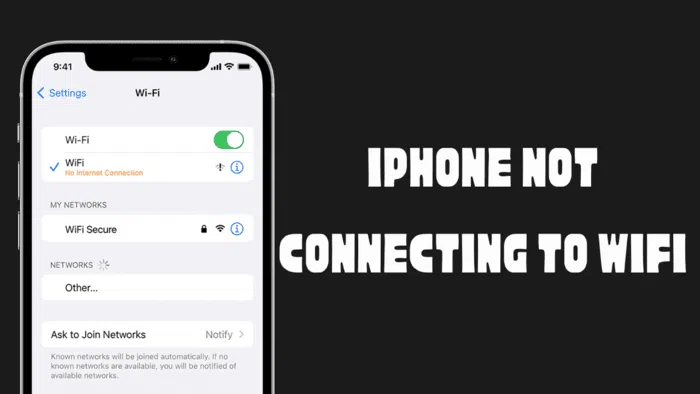Over time, web browsers store temporary files, cookies, and other data to improve browsing speed.
However, these files can accumulate, potentially causing slow loading times, connection issues, or privacy concerns.
Clearing the cache on your iPhone can help free up space, resolve minor glitches, and protect your browsing history from prying eyes.
Below, we’ll go over the step-by-step methods for clearing cached data on different web browsers, including Safari, Google Chrome, Mozilla Firefox, and Microsoft Edge.
Clearing Cache in Safari
Safari is the default browser on all iPhones, and Apple provides a simple way to clear its cache, cookies, and browsing history. Follow these steps:
Step 1: Open Settings
Locate and open the Settings app on your iPhone. This is a gray icon with gears, usually found on the home screen.
If you can’t find it, swipe down from the middle of the screen and type “Settings” in the search bar.
Step 2: Scroll Down and Select Safari
Once inside Settings, scroll down until you see Safari with a small blue compass icon. Tap on it to open Safari settings.
Step 3: Tap “Clear History and Website Data”
Scroll down until you find the Clear History and Website Data option. Tap on it, and a pop-up confirmation window will appear.
Step 4: Choose “All History”
You’ll be given the option to clear browsing data from different timeframes. Select All History to completely remove cached data, cookies, and history.
Step 5: Confirm by Tapping “Clear History”
Tap Clear History to finalize the process. This will remove cached data across all Apple devices where you’re signed in with the same Apple ID.
However, it will not delete saved passwords, autofill data, or credit card details.
Optional: Remove Cache Without Deleting History
If you want to clear only the cache while keeping your browsing history, follow these steps:
- Open Settings and tap Safari.
- Scroll down and tap Advanced.
- Select Website Data.
- Tap Remove All Website Data to delete cache files without erasing history.
Clearing Cache in Google Chrome
If you use Google Chrome on your iPhone, clearing cached data is just as easy.
Keep in mind that if you’re signed in with a Google account, deleting this data will affect Chrome across all devices connected to that account.
Step 1: Open Chrome
Find and open the Google Chrome app, which has a red, green, yellow, and blue circular icon.
Step 2: Access the Menu
Tap the three horizontal dots (⋮) located at the bottom-right corner of the screen to open the menu.
Step 3: Select “History”
From the menu that appears, tap History to view your browsing data.
Step 4: Tap “Clear Browsing Data”
At the bottom-left corner of the History page, tap Clear Browsing Data.
Step 5: Choose What to Delete
By default, Chrome will mark the following for deletion:
- Browsing history
- Cookies and site data
- Cached images and files
If you only want to remove cached files, uncheck everything except Cached Images and Files.
Be cautious not to select Saved Passwords or Autofill Data, as those contain stored login credentials and addresses.
Step 6: Confirm Deletion
Tap Clear Browsing Data, then confirm by tapping the button again when prompted. This will permanently remove the selected data from Chrome.
Clearing Cache in Mozilla Firefox
Mozilla Firefox offers a straightforward way to delete cache and browsing data while allowing users to keep certain information if needed. Here’s how:
Step 1: Open the Firefox App
Locate and launch the Firefox browser, represented by an orange fox wrapped around a purple globe.
Step 2: Open the Menu
Tap the three horizontal lines (☰) at the bottom-right corner of the screen to open Firefox’s main menu.
Step 3: Select “Settings”
Scroll through the menu and tap Settings, which is located near the bottom.
Step 4: Tap “Data Management”
Under the Privacy section, tap Data Management to access the options for clearing cache and other browsing data.
Step 5: Select the Data to Delete
Firefox will display various categories of data, such as:
- Browsing history
- Cookies
- Cached web content
- Downloaded files
Ensure that Cached Web Content is selected while leaving other options unchecked if you don’t want to erase additional data.
Step 6: Tap “Clear Private Data”
Once you’ve selected what to delete, tap Clear Private Data, which appears in red at the bottom of the screen.
Step 7: Confirm by Tapping “OK”
A confirmation pop-up will appear, warning that this action cannot be undone. Tap OK to finalize the deletion.
If you’re signed into Firefox with a Mozilla account, clearing your cache will also remove this data from other synced devices.
Clearing Cache in Microsoft Edge
Microsoft Edge users can easily remove cached files to improve browser speed and free up space.
If you use Edge with a Microsoft account, note that clearing data will also sync changes across all logged-in devices.
Step 1: Open the Microsoft Edge App
Find and open the Microsoft Edge browser, which has a blue and green wave logo.
Step 2: Open the Menu
Tap the three horizontal lines (☰) at the bottom-right corner of the screen to bring up the menu.
Step 3: Select “History”
Tap History at the top of the menu to access your browsing records.
Step 4: Tap the Trash Can Icon
At the top-right corner of the screen, tap the trash can icon to delete browsing data.
Step 5: Choose Data to Remove
Edge allows users to delete different types of data. By default, the following options are checked:
- Browsing history
- Cookies and other site data
- Cached images and files
If you only want to clear the cache, deselect everything except Cached Images and Files.
Avoid selecting Passwords or Autofill Form Data unless you want to erase saved login credentials and personal details.
Step 6: Confirm by Tapping “Clear Now”
Scroll to the bottom and tap Clear Now to proceed.
Step 7: Tap “Clear Now” Again
A final confirmation prompt will appear. Tap Clear Now again to delete the selected data.
Final Thoughts
Regularly clearing your browser cache on an iPhone can help improve performance, resolve loading issues, and enhance privacy.
Each browser has slightly different steps for clearing cached data, but the process is generally straightforward.
Whether you use Safari, Chrome, Firefox, or Edge, following these instructions will allow you to free up space and ensure a smoother browsing experience.
If you frequently run into slow page loads or outdated website content, consider setting a schedule to clear your cache every few weeks.
This will help maintain your browser’s speed and efficiency while keeping your personal data secure.
